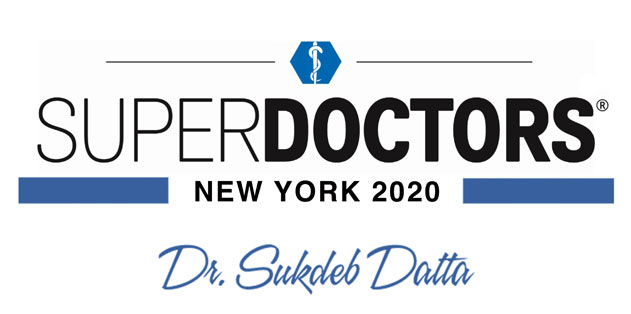- With traumatic injury, or conditions that cause a disc to lose its normal shape, the “gel” in the center of the disc is squeezed like the jelly in the center of a donut.
- As such, the jelly (“nucleus”) in the center of the disc is held firmly in position by strong fibers in the shape of a ring that help to maintain the disc in its normal position (the “annulus” or ring).
- The ring can have a laxity or looseness where the natural ‘firmness” of the disc can be lost- similar to sagging of a face with aging.
- The ring can have a partial or complete tear- leading to the jelly pushing on the nerve in the spine- Disc Herniation.
- With the EDISCSCULPT™ technique, a small microscope or endoscope is inserted through a small cut in the back
- With the microscope the sagging disc or torn disc is seen in a very magnified view.
- Specialized instruments such as small graspers, drill or nerve hooks are then used through the microscope to carefully sculpt the disc, similar to what a plastic surgeon does to sculpt the face during a facelift.
- Only damaged disc jelly material is removed, leaving healthy disc tissue in place
- Finally, either a laser or a cooled radiofrequency probe is used to “tighten” the loose disc to regain the natural “firmness” of a normal disc.
ADVANTAGES OF EDISCSCULPT™ Technique:
- Outpatient procedure.
- Back muscles are not cut thus maintaining core stability
- No metal is inserted
- Multiple levels can be treated.
- All levels of the spine can be treated.
- Use of the laser can destroy nerve endings that are known to cause pain
English






 EDISCSCULPT
EDISCSCULPT



